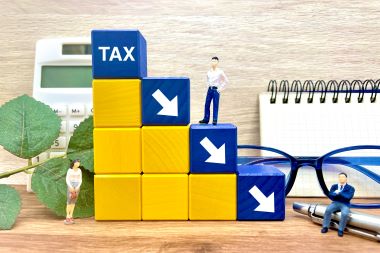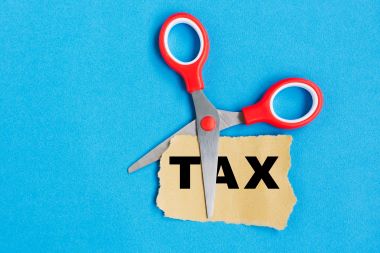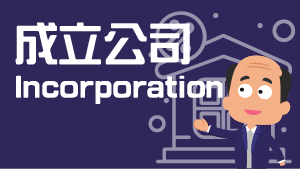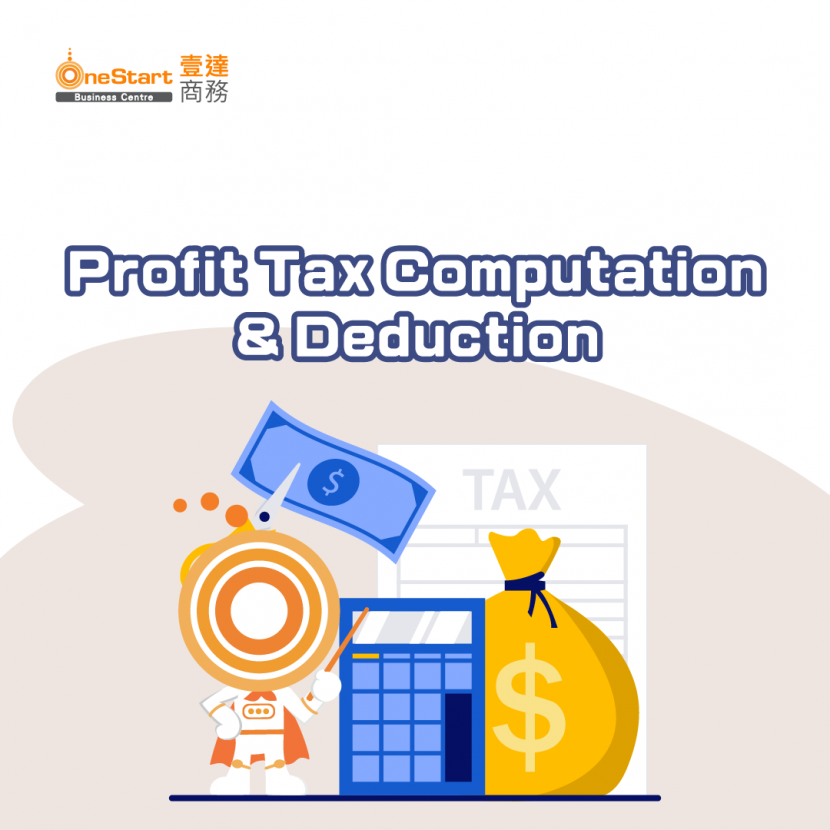Related Article:
【Entrepreneurs Must-Read】Hong Kong Profits Tax Guide 2024
What is the Difference between Accounting and Auditing? How to Distinguish between Their Duties?
Table of contents |
When operating a business in Hong Kong, it is necessary to pay profit tax based on the income generated. However, many entrepreneurs are unclear about how to calculate profit tax, including tax refund computation and deductible items. Understanding the profit tax computation can effectively reduce tax liabilities and even avoid penalties for underpayment. This article will help you understand the profit tax computation and the expenses that can be deducted.

Computation Methods of Profit Tax
Hong Kong adopts a two-tiered system for profit tax. The first 2 million of assessable profits for both corporate and non-corporate businesses are subject to tax rates of 8.25% and 7.5% respectively. Assessable profits exceeding 2 million are taxed at rates of 16.5% and 15% respectively. Here are some examples for different scenarios:
Corporate Business
Let's say Company "A" is a limited company with assessable profits of HKD 1 million for the year. The profit tax will be calculated at a rate of 8.25%, resulting in a payable amount of:
HK$1,000,000 × 8.25%
= HK$82,500
If Company "A" has assessable profits of HK$3 million for the year, the first 2 million will be taxed at a rate of 8.25% (HK$165,000), and the remaining 1 million will be taxed at a rate of 16.5%, resulting in a payable amount of:
(HK$2,000,000 × 8.25%) + (HK$1,000,000 × 16.5%)
= HK$165,000 + HK$165,000
= HK$330,000
Non-corporate Business
Let's assume Company "B" is a sole proprietorship with assessable profits of 2.5 million for the year. The first 2 million will be taxed at a rate of 7.5%, and the remaining HK$500,000 will be taxed at a rate of 15%, resulting in a payable amount of:
(HK$2,000,000 × 7.5%) + (HK$500,000 × 15%)
= HK$150,000 + HK$75,000
= HK$225,000
Profit Tax Reduction for the 2023/24 Tax Year
The latest budget announcement states that there will be a 100% reduction in profit tax for the 2023/24 tax year, with a cap of HK$3,000. This means that as long as the assessable profits for the year do not exceed HK$36,363 (corporate business) or HK$40,000 (non-corporate business), the tax can be fully refunded!
However, there are still a considerable number of small and medium-sized enterprises that exceed the above figures. Taking a limited company with assessable profits of HKD 1 million as an example, the payable amount after the tax reduction will be:
(HK$1,000,000 × 8.25%) - HK$3,000
= HK$82,500 - HK$3,000
= HK$79,500

Deductible Items for Profit Tax
According to the Inland Revenue Department, generally, all expenses/costs incurred for the purpose of earning assessable profits are allowed to be deducted. Here are some common deductible items:
Employee-related expenses
| Items |
| Salary, wages, allowances, and bonuses of employees; |
| Contributions made by employers to employees' Mandatory Provident Fund (MPF) schemes or other recognized occupational retirement schemes, subject to a maximum contribution of 15% of the total emoluments of each employee; |
| Mandatory MPF contributions of self-employed individuals or partners in a partnership, with a deduction limit of HK$18,000 per person per year; |
| Rental expenses for employee quarters; |
| Severance payments or long-service payments made upon termination of employment. |
Operating-related expenses
| Items |
| Rental expenses for the business premises; |
| Electricity, water, and telephone expenses for the business premises; |
| Interest expenses incurred for loans taken for the purpose of the business, such as loans for purchasing goods; |
| Bad debts in relation to the business, which are amounts included in the turnover but cannot be recovered from customers; |
| Registration fees for trademarks, designs, or patents related to the business. |
Other common deductible items
| Items | Deduction Details |
| Expenditure on renovation of buildings | Deductible on an equal annual basis over a period of 5 years, starting from the basis period in which the actual payment is made. |
| Expenditure on acquiring environmental protection facilities | Entire amount can be deducted in the basis period in which the expenditure is incurred for purchasing the environmental protection machinery or equipment. |
| Industrial buildings and structures |
- Initial exemption: 20% of the construction cost. - Annual exemption: 4% of the construction cost. - "Balancing exemption" or "balancing charge" upon cessation of ownership. |
| Commercial buildings and structures |
- Annual exemption: 4% of the construction cost. - "Balancing exemption" or "balancing charge" upon cessation of ownership. |
| Machinery and industrial installations |
- Initial exemption: 60% of the asset cost. - Annual exemption: Calculated based on the prescribed rates of asset depreciation, which are 10%/20%/30%. Assets with the same annual exemption depreciation rate will be grouped together for calculation. - If the taxpayer ceases business and the business is not inherited, a "balancing exemption" can be granted. If in any year the proceeds from the disposal of assets exceed the aggregate value of the assets in the relevant group, a "balancing charge" will be levied. |
| Deduction for donations |
- Payments made to recognized charitable institutions or charitable trusts or for charitable purposes of the HKSAR can be deducted. - The total amount of donations must not be less than HK$100 and should not exceed 35% of the adjusted assessable profits before deduction of donations. |
Business loss or no profit
If a company incurs a business loss and has no profit, the taxpayer can offset the loss against the profits of the following year. If there is still a remaining loss after offsetting, it can be carried forward and offset in subsequent years.

Conclusion
According to the legislation, companies are required to keep business records for 7 years. It is important to keep proper records of business expenses for tax assessment purposes. There are numerous deductible items for Hong Kong companies, which can be easily overlooked by new entrepreneurs. A professional accounting team can optimize your accounting and tax filing experience.
The professional accounting team at OneStart Business Centre has years of experience and is trusted by customers. If you want to obtain cost-effective accounting and tax solutions, please call 3575 6888 or WhatsApp OneStart Business Consultants for more information.
Click to WhatsApp OneStart:
Know More About Our Services:
 |
 |
 |













